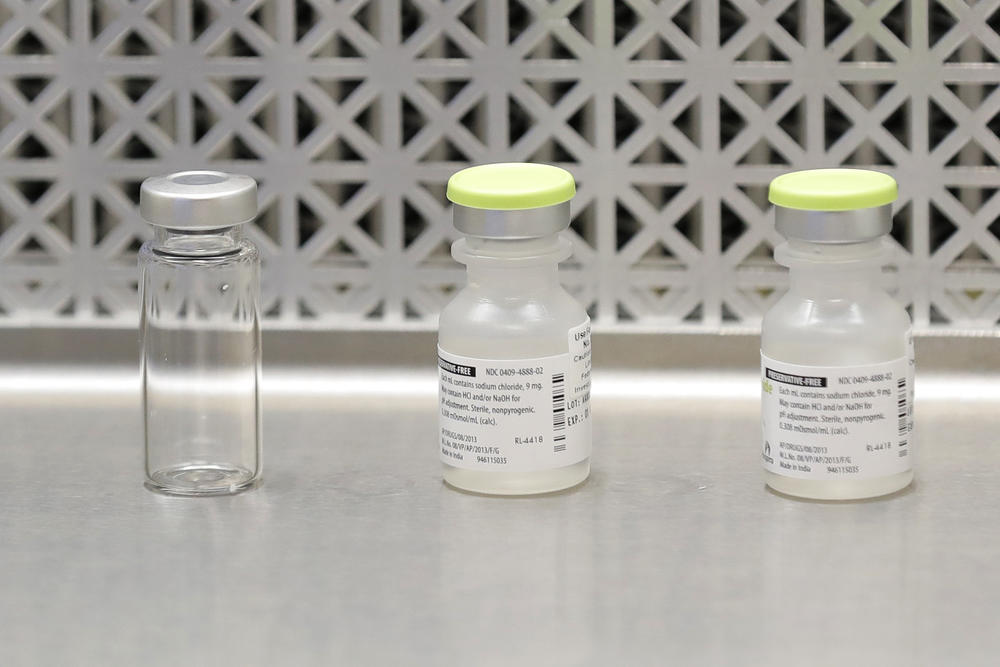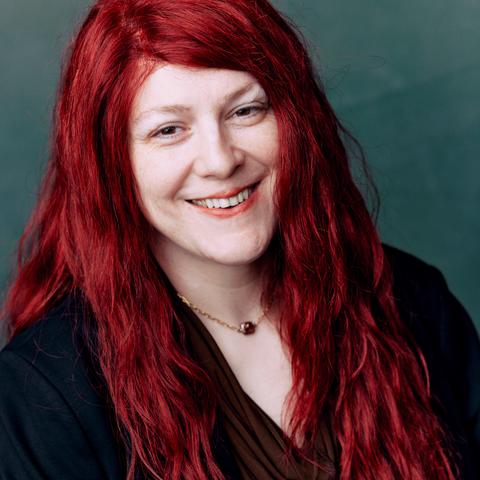
Caption
The world's biggest COVID-19 vaccine test got underway Monday, July 27 with the first of 30,000 planned volunteers. The experimental vaccine is made by the National Institutes of Health and Moderna Inc., and it's one of several candidates in the final stretch of the global vaccine race.
Credit: Ted S. Warren / AP

